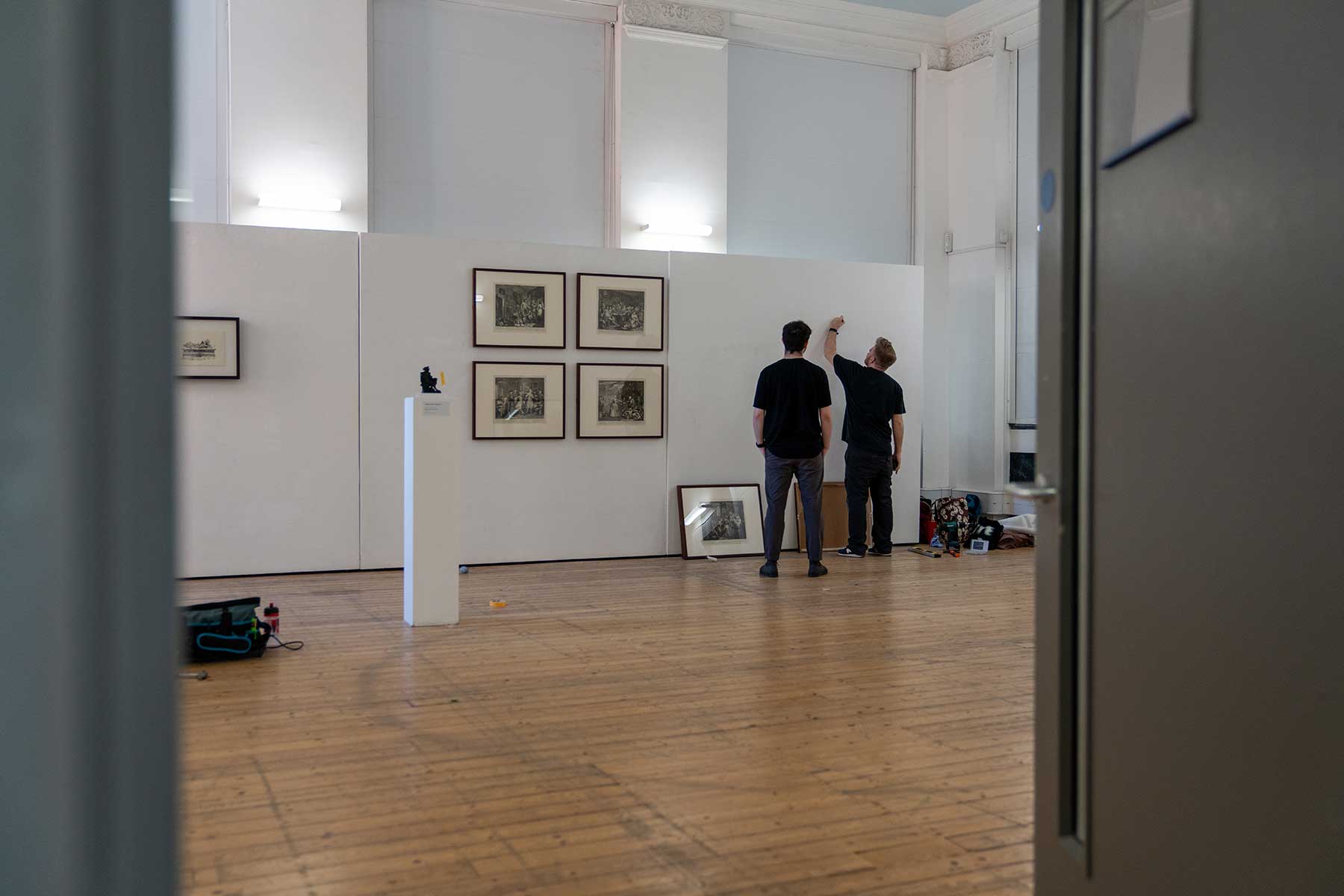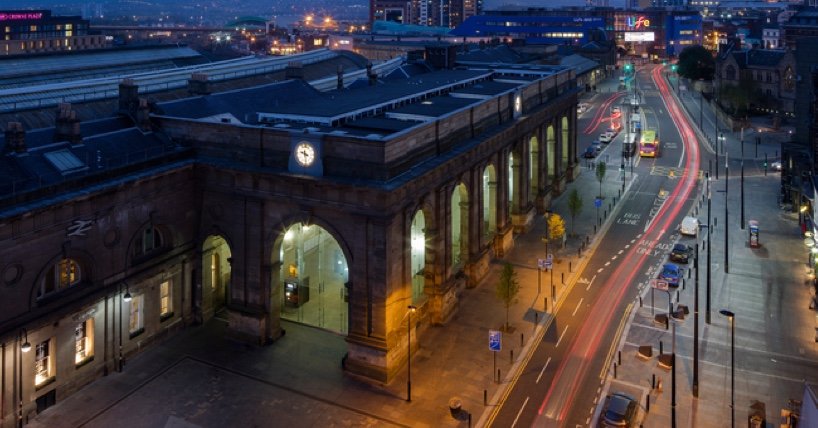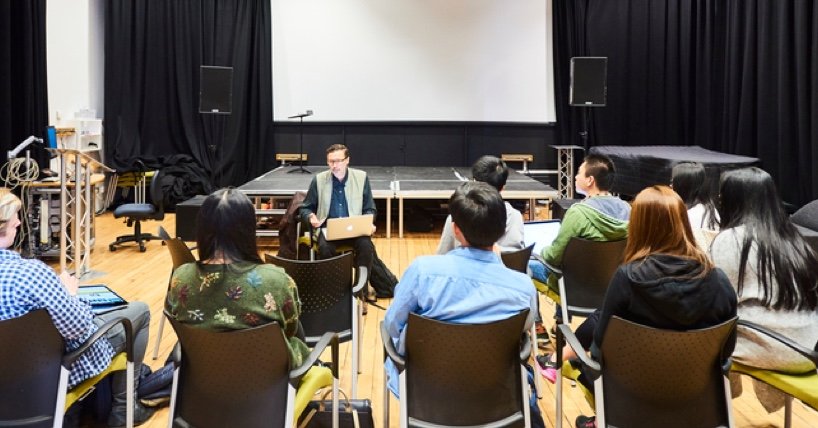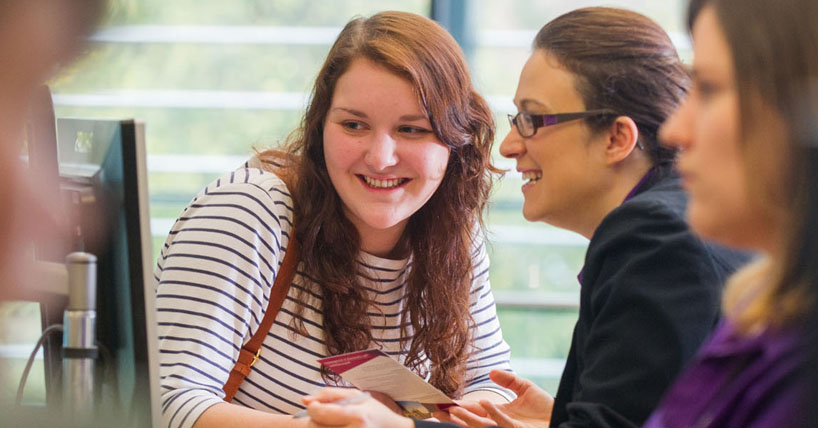Oh My Geordie God!
In 2022, the Museum Studies cohort curated the exhibition ‘Oh My Geordie God!’ in the Great North Museum.
The exhibition was timed to coincide with the 1900th anniversary of Hadrian’s Wall, one of the most important and largest Roman monumental structures.
The Wall runs from the Tyne, through the city of Newcastle and west into Northumberland all the way to the Cumbrian coast.
Working with the concept of ‘hidden histories’ in the museum sector, it highlights the issues around common problems of stories that do not make it into public spaces and awareness.
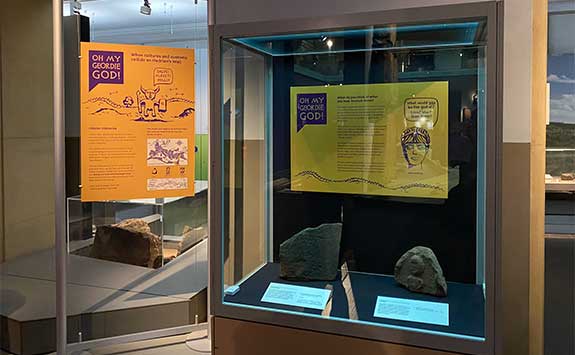
Debates about lack of representation of diverse groups at Hadrian’s Wall informed the project, which pointed out that Roman Britain had many different groups and cultures that interlinked.
The exhibition also showed how the occupying ‘Romans’ – themselves a heterogeneous group comprising peoples from many parts of the world – often adopted local deities, expanding religious culture and practice. Antenociticus, for example, was a deity associated with the Benwell area of what is now Newcastle.
Using objects like an altar from the Great North Museum, students were able to open up these hidden histories of religion, countering stereotypes of the classical world, and linking to contemporary social diversity.
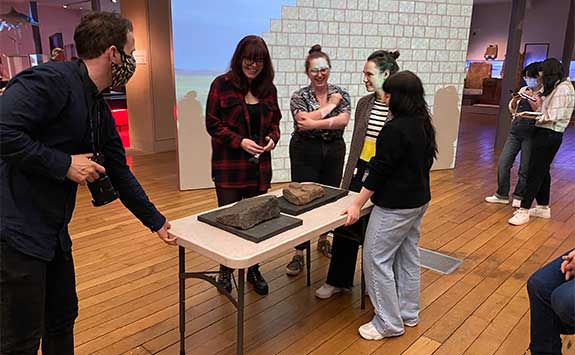
As well as curating the display, students also developed activities, including a ‘hunt’ and trail in the Roman gallery for objects connected to their exhibit. Few of the students had a background in Roman history, but they learned research skills and worked with curators in the museum and academic specialists at Newcastle.
As part of the build-up to the exhibition, students had the opportunity to talk with curators from other institutions in the UK and overseas who deal with hidden histories. At Jorvik Archaeological Trust, they gained an understanding of institutional approaches to the Viking British past that inspired their own approaches.
At the Museum of Antiquities in Aarhus, Denmark, the director explained her approaches to hidden histories of the Greek and Roman period, including discussions of gender, ethnicity, sexuality and slavery. Students also worked closely with a designer, helping to realise a strong visual identity for the exhibition and to target key audiences.
